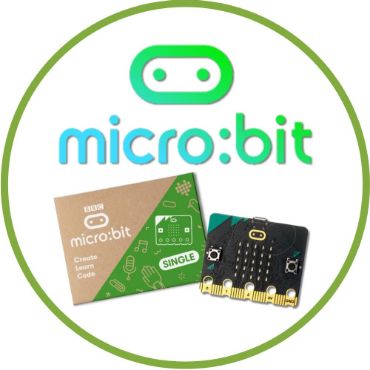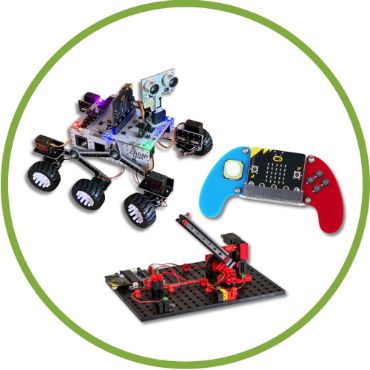Cookies help us deliver our services. By using our services, you agree to our use of cookies.
Search store Close
Shopping cart Close
You have no items in your shopping cart.
All Categories
Menu Close
- FREE BOOK SCHEME
- GRAPHICS
- STEM
- ART & CRAFT
- STATIONERY & OFFICE EQUIPMENT
- Back
- COPY BOOKS & PADS
- PENS, PENCILS & MARKERS
- ERASERS & SHARPENERS
- STAPLERS & PUNCHERS
- ADHESIVES & TAPES
- FOLDERS & DISPLAY BOOKS
- PUNCHED POCKETS & DIVIDERS
- MESH BAGS & WALLETS
- TUFF BOXES, POLYBOXES & STORAGE BOXES
- STICKY NOTES & FLASH CARDS
- LABELS
- CARTRIDGE & COPY PAPER
- OFFICE EQUIPMENT
- ELASTIC BANDS, PUSHPINS & CLIPS
- VOLUME PACKS
- MATHS
- MUSIC & PODCASTING
- LEARNING SUPPORT
- SCHOOL ESSENTIALS
- CLEARANCE
- GIFT VOUCHERS
- Download Brochures
- All Categories
- Back
- FREE BOOK SCHEME
- GRAPHICS
- STEM
- ART & CRAFT
- STATIONERY & OFFICE EQUIPMENT
- Back
- COPY BOOKS & PADS
- PENS, PENCILS & MARKERS
- ERASERS & SHARPENERS
- STAPLERS & PUNCHERS
- ADHESIVES & TAPES
- FOLDERS & DISPLAY BOOKS
- PUNCHED POCKETS & DIVIDERS
- MESH BAGS & WALLETS
- TUFF BOXES, POLYBOXES & STORAGE BOXES
- STICKY NOTES & FLASH CARDS
- LABELS
- CARTRIDGE & COPY PAPER
- OFFICE EQUIPMENT
- ELASTIC BANDS, PUSHPINS & CLIPS
- VOLUME PACKS
- MATHS
- MUSIC & PODCASTING
- LEARNING SUPPORT
- SCHOOL ESSENTIALS
- CLEARANCE
- GIFT VOUCHERS
- Download Brochures
BBC MICRO:BIT & ACCESSORIES
No products were found that matched your criteria.
Filters Close
Showing of results
Categories
- FREE BOOK SCHEME (239)
- GRAPHICS (857)
- STEM (1066)
- ART & CRAFT (3202)
- MATHS (322)
- GIFT VOUCHERS (1)
- CODE WITH ME (5)
- SCHOOL ESSENTIALS (1060)
- MUSIC & PODCASTING (173)
- LEARNING SUPPORT (188)
- STATIONERY & OFFICE EQUIPMENT (638)
- CLEARANCE (145)
Recently viewed products

Get our news and special offers!
Wait...
My account
Customer service
Powered by nopCommerce
Powered by Intact Software Ltd
Copyright © 2025 SG Education Online. All rights reserved.











